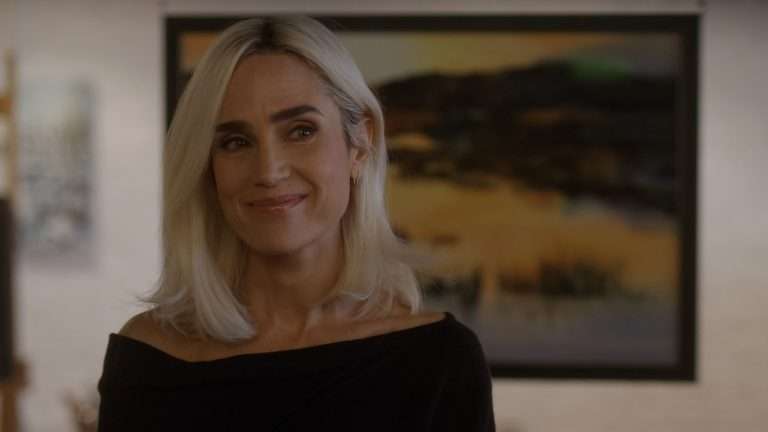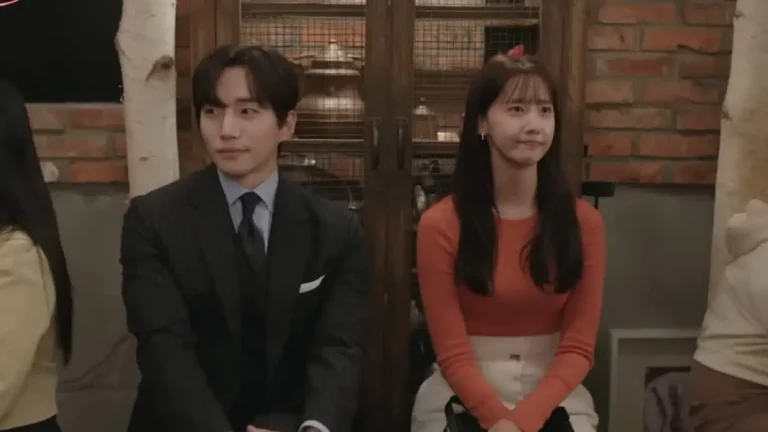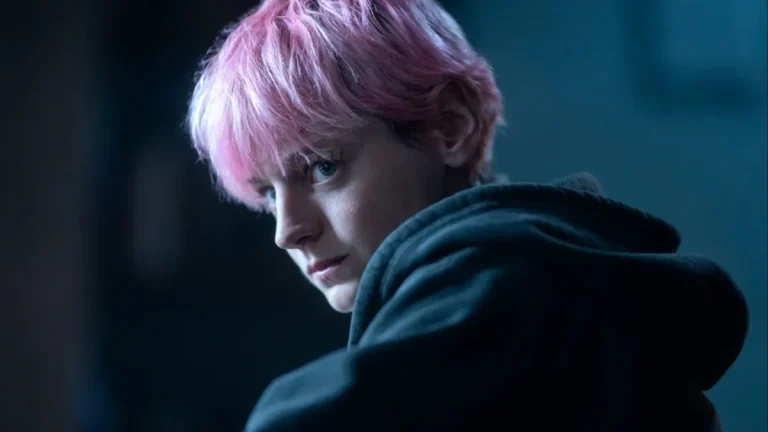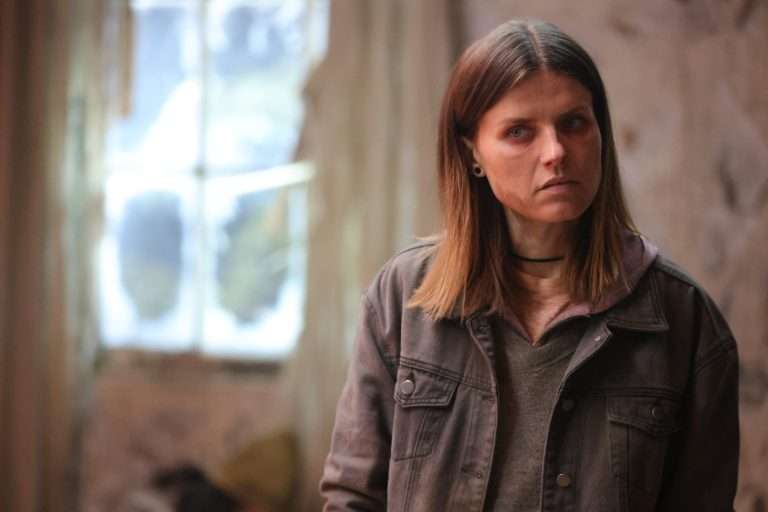The story revolves around a courtroom trial. There is a woman at the heart of it. She is the defendant, the accused. For the most part, you are led to believe she is blameless; indeed, that she is a victim. But there are some aspects of the story that do not quite add up. The shadow of doubt lingers, albeit briefly. At the end of the trial, the judge rules in her favor. She stands vindicated and absolved of any accusation of wrongdoing. A happy ending for our heroine.
The above synopsis describes two different media productions that have become available to Indian audiences in recent weeks. The first is a French film – “Anatomy of a Fall” – about a writer accused of murdering her husband and the subsequent trial. The second is a documentary about the infamous Wagatha Christie incident: a libel dispute triggered by Coleen Rooney’s accusation of Rebekah Vardy leaking her private Instagram posts to the press. The dispute had been widely reported in the media as a spat between the wives of famous English footballers.
The moniker ‘Wagatha Christie’ was devised as a portmanteau of WAG – the somewhat tasteless acronym coined by British tabloids to refer to wives and girlfriends of male footballers – and the legendary crime writer Agatha Christie. To know why, check out the docu-series. If you, like me, watched – and enjoyed – both the movie and the documentary, then perhaps you too have been troubled by your own perception of them: how one seemed to elevate your cultural nous, while the other was a strictly guilty pleasure partaken in secret.
“Anatomy of a Fall” has received wide critical acclaim and won multiple awards, including the Golden Globe and Palme d’Or at the Cannes Film Festival. Its layered narrative and portrayal of how truth can veer from the absolute to the ambiguous has garnered much praise. It is ‘serious’ cinema, and the mere act of watching it can make you feel like an aesthete. You feel compelled to tell others about the movie to flaunt your viewing of it as proof of your evolved artistic sensibilities. On the other hand, “Coleen Rooney: The Real Wagatha Story” is a tad different.
It belongs to that dubious genre of reality TV. There are important issues in question – the breach of privacy and the odious practices of tabloid journalism – but they are sidelined by an overwhelming sense of theatre. It is, instead, a carefully censored peek into the lives of multi-millionaire celebrities and the salacious gossip they both inspire and create. As you sink your teeth into it, it reminds you of the extra slice of cake you snuck onto your plate at dinner – illicit and yet irresistible. The delicious taste of empty calories. No wonder the German philosopher Theodore Adorno dismissed such works as “sugary trash.” But is a bite of sugary trash always such a bad thing?
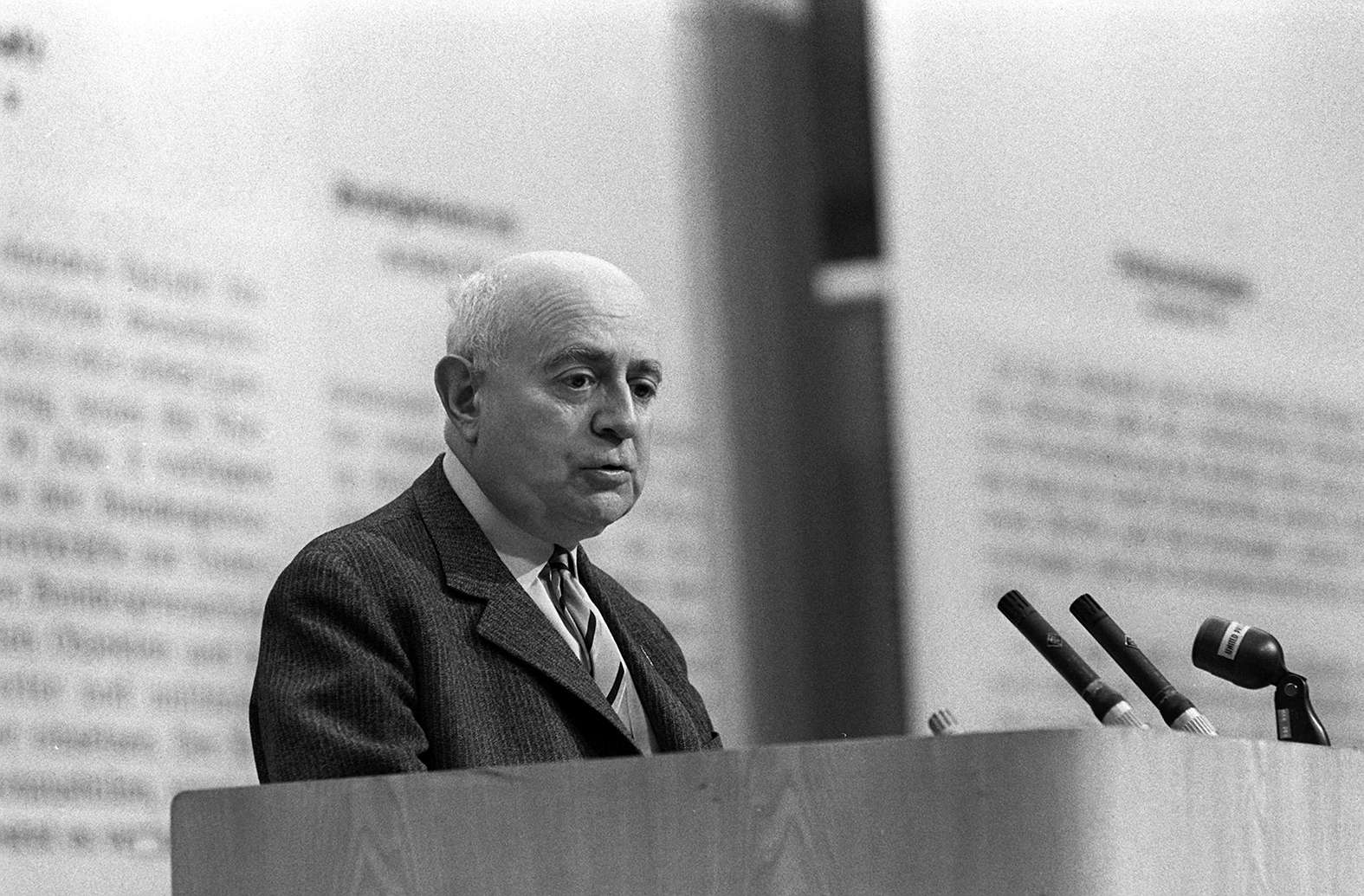
The idea that there is a distinction between high art and low art is believed to have existed for centuries. It is also a notion that permeates all fields of artistic endeavor – poetry, literature, painting, music, and so on. Academics have long debated the meaning and characteristics of high and low art and even questioned the inherent value judgment the terms carry. Broadly speaking, a key aspect of this division rests on whether an artwork possesses complexity and aesthetic value (high art) or is accessible and intended to entertain (low art).
Ironically, such classification is not always cast in stone – what is perceived as high art today could well become low art tomorrow. For instance, when the pioneering American reality TV show An American Family first aired in the early 1970s, it was proclaimed to be “as new and significant as the invention of drama or the novel.” Within a few short decades, however, reality TV would assume another – less flattering – moniker: trash TV. (At this point, you may be wondering whether trash TV is low art or not art at all, and are the two any different? Congratulations, you have started thinking like a philosopher.)
Since the turn of the millennium, the internet and media networks have revolutionized the way we engage with art. Access to cultural artifacts has increased manifold, and the means to create art have also been democratized. Yet, there exists a darker side to this story: an equal and unfortunate growth of elite tribalism. In the case of film and TV shows, in particular, OTT platforms have fed the rise of a transnational fandom that is often insular. With no dearth of options available across every conceivable genre, these fans can only convince you of the superiority of their choice of movie or web series if they adopt a missionary zeal. It is their recommendation alone that is deemed high art and worthy of your attention; all else is trash upon which you would be foolish to squander your time.
These acolytes of highbrow culture will sneer at your watchlist with its smattering of frivolous content. They will glare at you when you take selfies at the Van Gogh 360° immersive art exhibition. They may even ask you – condescension dripping from every word – if you’ve ever read anything besides Chetan Bhagat. The purpose of art, they will declaim, is to edify and elevate; art must make you think. It is not that they are always wrong, but how stuffy would a world be where they are always right?
In her seminal essay, ‘Notes on Camp,’ Susan Sontag wrote: “… there are other creative sensibilities besides the seriousness (both tragic and comic) of high culture and of the high style of evaluating people. And one cheats oneself as a human being if one has respect only for the style of high culture, whatever one may do or feel on the sly.” Remember these words the next time you’re sheepishly scrolling through the ‘Escapist Reality TV’ category on Netflix (yes, it exists). Life is only worth living, after all, when one is allowed a little sugary trash on the sly.

